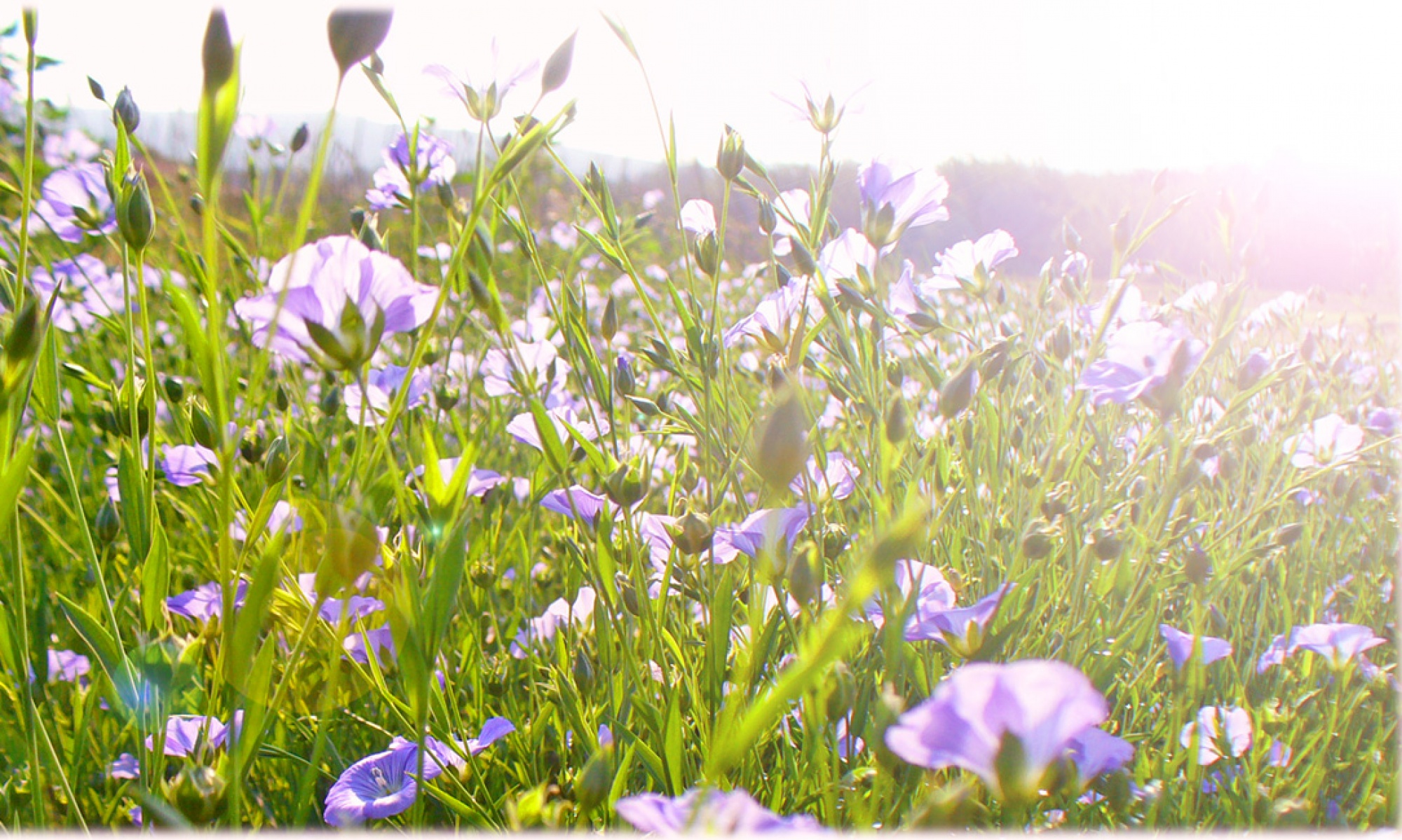What is the relationship between flax and linen?
Flax is the plant that produces the fibers that are spun into linen thread and then woven into linen cloth. Linen has been used since ancient times for all manner of purpose – clothing, twine, bags, towels, sail cloth, painter canvases, book binding thread, and more. Hence its Latin species name usitatissimum which means “most useful”. Both Europe and North America relied upon linen for vegetable-based cloth until the late 19th century, when it was replaced by cotton, which was both easier to process and cheaper to produce due to enslaved workers.
How is flax turned into linen?
Turning flax into linen is a complicated and lengthy process. Traditionally, the plant is pulled up by the roots and then dried. The seeds are then removed (a process known as rippling). The dry flax straw is then retted to separate the fibers from the woody parts of the plant stalk. Water retting involves submerging the flax in water for a number of days, and allowing bacteria to consume the pectins that bind the layers of the stalk together. Water retting can take between 4 days to two weeks depending on temperature, and results in a light-colored fiber. Dew retting or ground retting involves spreading out the dried straw on a grassy lawn or field for several weeks, and allowing fungi to consume the pectins. Dew retting takes longer than water retting, and results in a silver or gray colored fiber. After retting, the straw is then put through three different mechanical processes. The first is called braking or breaking, where the bundles of flax are crushed and the woody material is broken up. The second is scutching or swingling, where the fibers are vigorously whacked with a wooden blade to remove the remaining woody material. Finally, the fiber is hetcheled or hackled by drawing the fibers through a set of sharp tines. The shorter fibers are removed, the thin strands of fibers are separated, and the fibers are aligned lenthwise. The shorter fibers are known as tow, and the long fibers are called line. At this point the fiber is ready to spin into thread and subsequently woven into cloth.
What is the difference between flax grown for seeds (food & oil) and flax grown for fiber (linen)?
While they are the same species, oil seed flax and fiber flax have been bred for different properties over time. There is also a difference in the manner in which you grow it. When you grow flax for fiber, you need to spread the seeds very close together so they grow straight up without any branching. This is all to ensure you get nice long stalks full of nice long fibers. When you grow flax for seed, you don’t need to worry about any of this. You can grow short little plants, with many branchings, and many blossoms turning into seeds.
Where is flax currently grown for fiber?
Today, flax for fiber is mainly grown in Belgium, France, Holland, Eastern Europe, and China. There are also smaller fiber flax producers in Canada, Ireland, Italy, Poland, Austria, Germany, Sweden, Denmark, Lithuania, Latvia, Spain, Switzerland, Britain, and Kochi (India). There is no fiber flax production in the United States on any significant scale at present though there are several small scale projects currently active. Check our Online Resources Page for more information.
Do you have a question about flax &/or linen? Contact us!
